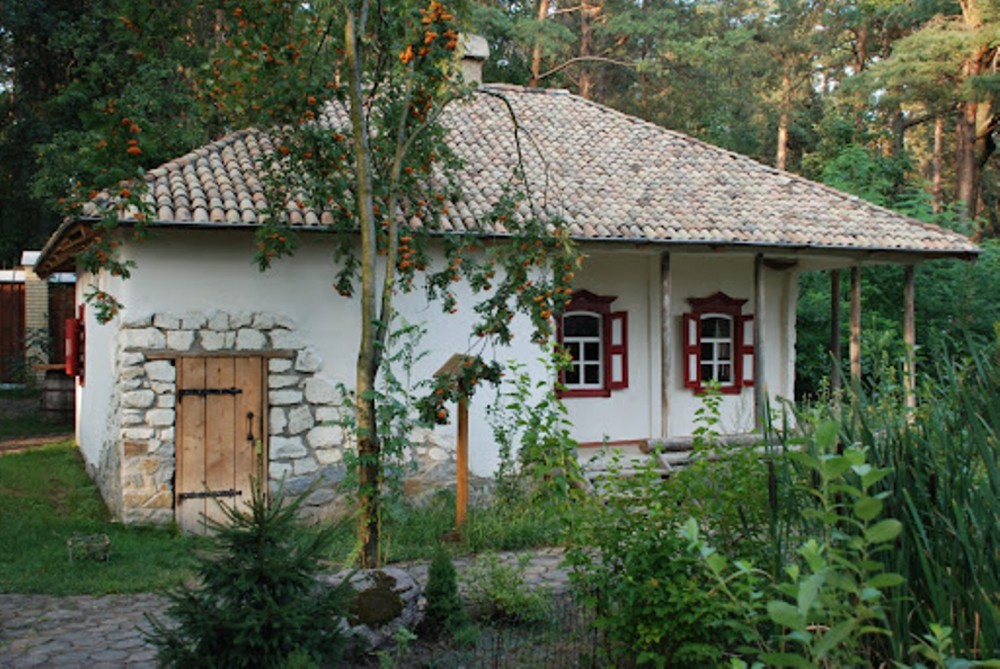
The article characterizes the process of settlement of the Slobidskyi region, the time of construction of cities and towns. The national composition of the inhabitants and culture’s peculiarities of the region are studied. The purpose of this article is to study the process of settlement and formation of Kharkiv district, as part of the Slobidkyi region of Eastern Ukraine. The research methodology is based on historical methods (historical-comparative, problem-chronological, diachronic, synchronous analysis). The method of critical analysis was used to study historical sources. Scientific novelty. The article analyzes the settlement process of the region and administrative changes from ancient times to the 20th century. It was found that all statistical sources prove the superiority of the Ukrainian ethnic group in the quantitative composition of the inhabitants. The Slobidskyi region cannot be limited exclusively to the modern territory of Eastern Ukraine — it is also the territory of modern Russian regions that were settled by Ukrainian Cossacks. Conclusion. Slobidska Ukraine is an ethnographic region of modern Eastern Ukraine and Russian lands, which was formed as a result of the migration of residents of Central and Western Ukraine to the East. During the times of Kievan Rus, the territory was inhabited by Slavic tribes of Siverjany, who were forced to leave the territory after attacks by nomads. The construction of modern cities began in the middle of the 17th century. Cities were built by Ukrainian Cossacks who came from other regions of Ukraine. The only estate in Slobozhanshchyna were the Cossacks, which also included the burghers. In terms of ethnography, the Ukrainian ethnic group dominated. The Ukrainians brought with them the regimental system, their language, culture, and mental characteristics. So, Slobidska Ukraine is an ethnographic region inhabited by Slavic tribes and re-populated in the middle of the 17th century ukrainian immigrants.
Source: Birova O. (2022). Kharkiv Region – Historical Ukrainian Land. Scientific and Theoretical Almanac Grani. 25(5): 27-30
Source web-site: https://grani.org.ua/index.php/journal/article/view/1801/1769
Number of views: 1797